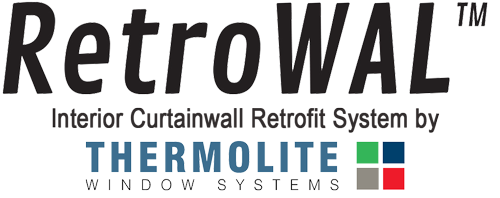Defining Energy Resilience
The U.S. Department of Energy defines resilience as the ability to prepare for and adapt to changing conditions and withstand and recover rapidly from disruptions, deliberate attacks and natural disasters. The term energy resilience refers to ensuring a building has a reliable, regular supply of energy and contingency measures in place in the event of a power failure.
Compared to the related concept of durability, resiliency looks beyond considerations of material strength and design redundancy by asking how building occupants will be protected if and when critical building systems fail. Resilience addresses what happens when the power goes out and how quickly and easily it can be restored.
Components of Energy Resilience
The President’s National Infrastructure Advisory Council (NIAC) states that resilience can be characterized by four key features:
- Robustness: the ability to maintain critical operations and functions in the face of crisis. This includes the building itself, the design of the infrastructure (office buildings, power generation, distribution structures, bridges, dams, levees), or in system redundancy and substitution (transportation, power grid, communications networks).
- Resourcefulness: the ability to skillfully prepare for, respond to and manage a crisis or disruption as it unfolds. This includes identifying courses of action and business continuity planning; training; supply chain management; prioritizing actions to control and mitigate damage; and effectively communicating decisions.
- Rapid recovery: the ability to return to and/or reconstitute normal operations as quickly and efficiently as possible after a disruption. Components of rapid recovery include carefully drafted contingency plans, competent emergency operations, and the means to get the right people and resources to the right places.
- Redundancy, is proposed as another key feature, which mean that there are back-up resources to support the originals in case of failure that should also be considered when planning for resilience.
Improving Energy Resilience via the Building Envelope
Achieving resilience in existing buildings depends a lot on the durability of its physical structure – namely, the building envelope. Older buildings often suffer from degrading materials and outdated architecture, which together create a weak building envelope that is energy inefficient and more vulnerable to extreme events like hurricanes and power outages. Improving the envelope of existing buildings helps it become more resilient by providing the following benefits:
- Redundancy: In the event of power outage resulting from a winter storm, a strong building envelope prevents heat loss and keeps tenants warmer while waiting for power to be restored.
- Rapid Recovery: A strong building envelope means the temperature won’t drop as much during a winter power outage, which means it won’t take as long to get up to temperature when power is restored. The same is true in reverse for summer power outages.
- Robustness: Windows are one of the few essential components of a building that don’t require energy to function. High performing windows will perform at the same level of efficiency during a power outage as they do when power is up and running
- Resourcefulness: In addition to energy benefits, windows utilizing laminated glass are resistant to breakage from storms and hurricanes
High-Performing Windows: the Key to a Strong Building Envelope
When it comes to upgrading a building’s energy performance, cost is an important factor. Not every building owner can afford to reinsulate the entire building. Fortunately, there is a much more cost-effective way to significantly improve the building envelope: upgrade the windows.
More energy is lost through a building’s windows than any other area – especially if the windows are single pane, the most commonly installed window type in buildings constructed in the 50s, 60s and 70s. These windows are notoriously inefficient in terms of air infiltration and solar heat gain, and end up costing building owners a fortune in wasted energy.
Thermolite interior windows are specifically designed to upgrade the windows in these buildings from single to triple pane at a fraction of the cost of traditional replacement windows. Thermolite windows install quickly and easily on the interior of a building’s existing windows, creating an insulating dead air space. The existing glass stays in place, eliminating the costly need for scaffolding or intrusive downtime.
In addition to reducing annual energy use in buildings by an average of 20%, Thermolite windows also provide security benefits that improve a building’s energy resilience. Thermolite’s Hurricane Storm Series, for example, is laboratory-tested to withstand Category 3 hurricanes. This kind of protection makes recovering from storm damage quicker, easier and less costly – all of which are defining factors of a building’s resiliency.
Thermolite blast windows are designed to provide protection in the event of a man-made catastrophe such as a terrorist attack. Thermolite blast windows require no structural steel, making them a convenient solution for existing government buildings in high risk areas. This window system uses dynamic loading to absorb a blast impact and prevent glass from shattering into the building – protecting building occupants, minimizing damage and making the recovery of such an event quicker and easier.
Upgrading the windows in existing buildings is one of the most important, effective and affordable ways to improve the energy resilience in existing buildings. Thermolite provides window systems directly to federal agencies via an approved GSA Schedule, works routinely with ESCOs, and is used in deep energy retrofits around the country. Below are a few of the federal agencies that have contracted with Thermolite for energy and security upgrades:
- United States Federal Reserve
- Department of the Army
- Department of the Navy
- General Services Administration
- Environmental Protection Agency
- Federal Bureau of Investigation
- United States Congress
- Department of Homeland Security
Contact Thermolite today to learn more about how an interior window retrofit can improve energy resilience in your building.



